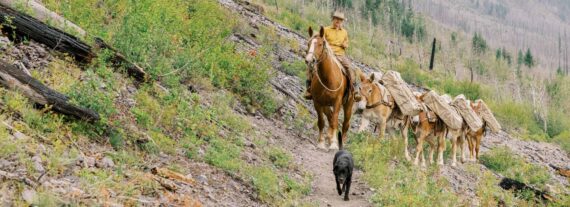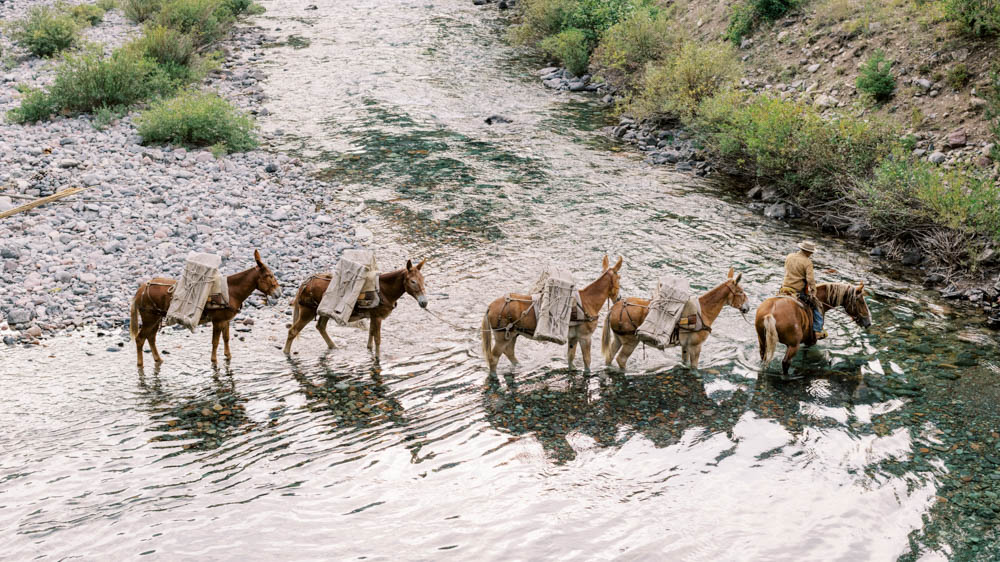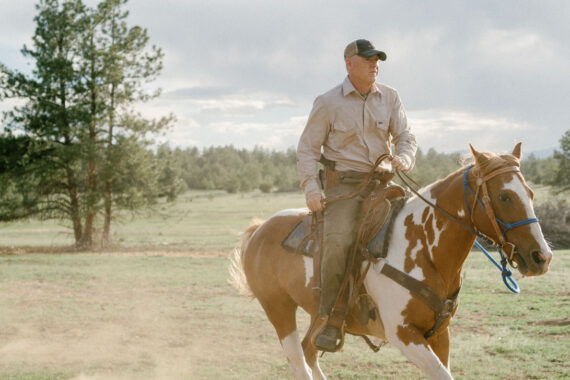The remote wilderness is no place for the faint of heart. Mule packer, Chris Eyer knows this firsthand. After decades of time spent in the Montana wilderness, Eyer has helped modernize and popularize the art of mule packing. For those unfamiliar with the craft, mule packing is the use of mules to transport supplies into remote wilderness areas. Places inaccessible by powered vehicles, and treacherous should things go wrong.
Speaking with Chris, you quickly realize the fortitude and determination required to survive in the backcountry all alone. One needs to be resourceful in their craft, self-reliant, have medical knowledge, and have a plan for when things go wrong. It’s one reason why you will never spot Chris without his Smith & Wesson 329, and Bianchi holster. Chris carries for two reasons. First, to put down stock. Second, to defend against predators namely grizzly bears. Both events have transpired, and for Chris’ sake he was prepared.
The Art of Mule Packing
The trails are dangerous, and the journey long, for Chris and his crew. Chris runs a crew of about nine mules and rides a horse to lead. Nine mules in a row are called a ‘full string.’
“Mules are superior pack animals. Flatter backs help them carry loads in a more stable manner than horses,” say Eyer.
“They have wider set eyes that increase their field of vision making them more sure-footed. They have a hybrid vitality (half horse and half donkey) that makes them heartier and less prone to health problems.” Even still, this doesn’t mean all his stock travels without injury. If a mule gets injured and cannot make it home, the Smith & Wesson makes its appearance. Chris is then faced with the difficult task to put down one of his beloved mules.
The risk of injury to his crew is low on any typical day, but they are not the only animals he is concerned about.
“We encounter many bears on the trail, anywhere from a few feet away to spotting them half a mile,” says Eyer. “There have been a few encounters where I have drawn my gun at the ready but never had to fire.’
Many naturalists, or conservationists, believe that bear spray is preferable. “Bear spray has a higher success rate against any bear attack. The challenge is I have at least nine mules with me, and if they get hit with the spray it will make a bad problem a whole lot worse.”
Needless to say, Eyer loads his S&W with 44 Magnum bear rounds and never leaves home without it.
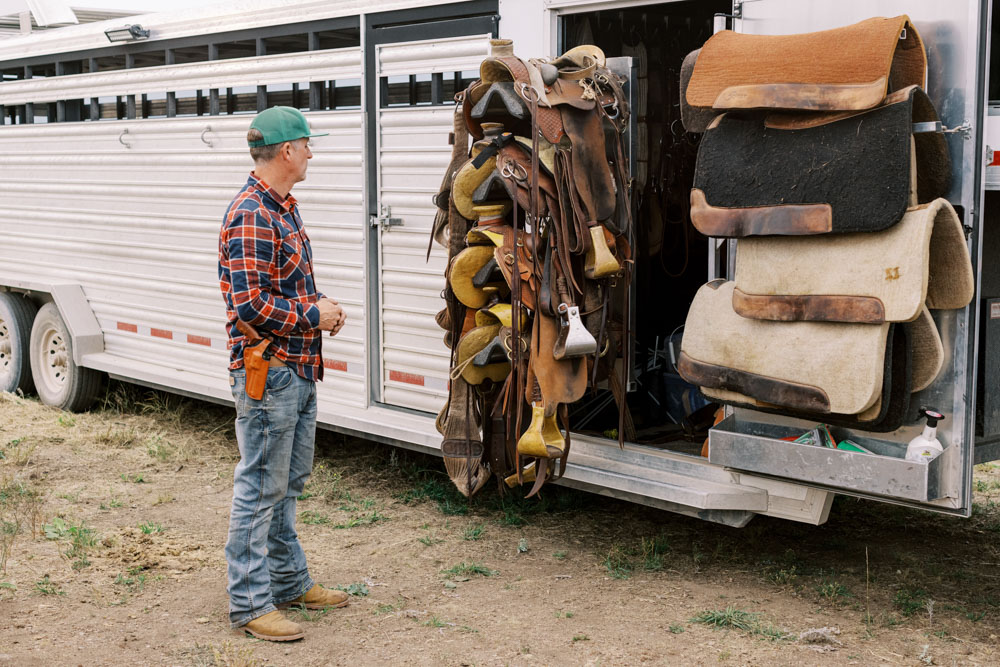

The Love of Adventure
Chris primarily operates in the Bob Marshall Wilderness, which is essentially on the doorstep of his home ranch. He is a ‘contract packer’ and operates for several organizations, moving everything from building supplies and hay to boats and people. It’s hard work.
“People have no idea how much work packing a full string is,” says Eyer.
“For example, if I’m bumping hay into a wilderness cabin, I’m matying (the canvas wrap we put on loads) 18 bales of hay weighing 95 pounds each. They have to all be wrapped and then slung onto the backs of mules. Then I ride somewhere between 10 and 20 miles. Unload all the hay. Unwrap it. Stack it. Yank saddles off and turn out stock. It’s typically an 18-hour day.”
Chris knew at a young age that he wanted to pack mules. Raised in California, Eyer was attracted to the outdoors. On a backpacking trip during his teens, he came across a team of mules and was immediately hooked. “When I was 16 I was hiking from West to East across the Sierras and near the end of the trip between Big Whitney Meadows and Horseshoe Meadows I looked up and saw a packer leading a short string of mules,” says Eyer.
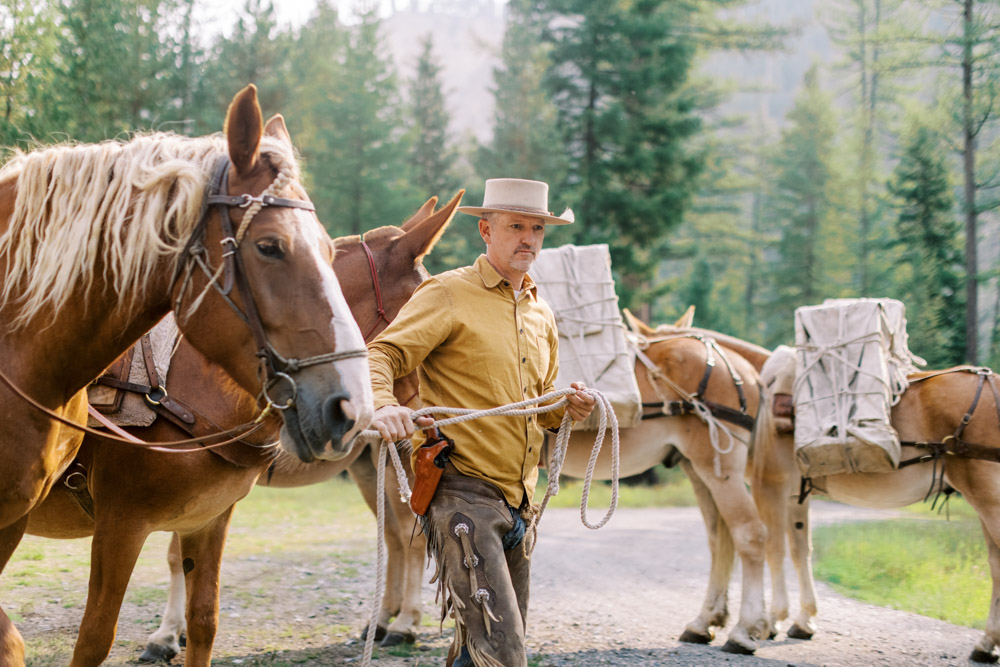
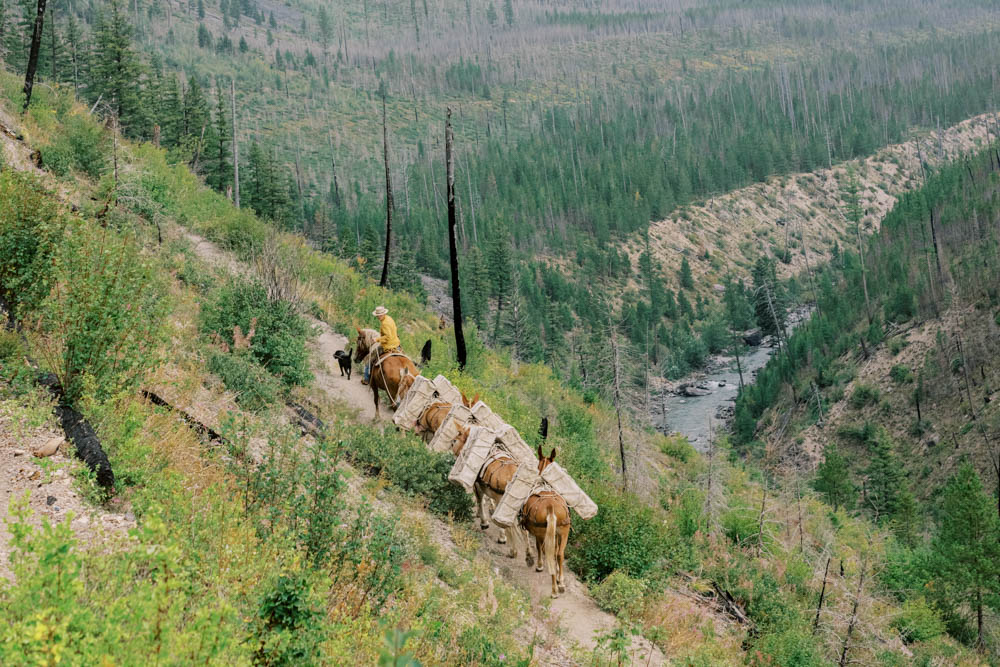
“I was awestruck. I’d never seen a pack string in person, but always known what the iconic image was before me. For me, it tapped into some sort of deep archetype of the West.”
From that day on, he knew he wanted to work as a mule packer.
Between his life as a teen and now at age 51, Eyer has packed a lot in. A Marine Corp veteran, Eyer enlisted at 17. “I joined because of naïve patriotism, I suppose,” says Eyer. “I loved my country, and still do, and look back upon my service as the best of times and even the worst of times.” Eyer attributes much of his early experiences in the Marine Corps to his success today. “There is something to be said for suffering and shared hardship. People focused on a single purpose and pushing through it together.” It’s easy to see why Eyer enjoys mule packing so much, and shares that hardship with his animals. That early dedication and perseverance continued in Eyer throughout his adult years. “I have always been so driven with where I wanted to go. I always knew I wanted to be a full-string packer, to own a ranch, to earn my degrees, and more.” Eyer has earned several degrees, built his own business, and raised children.
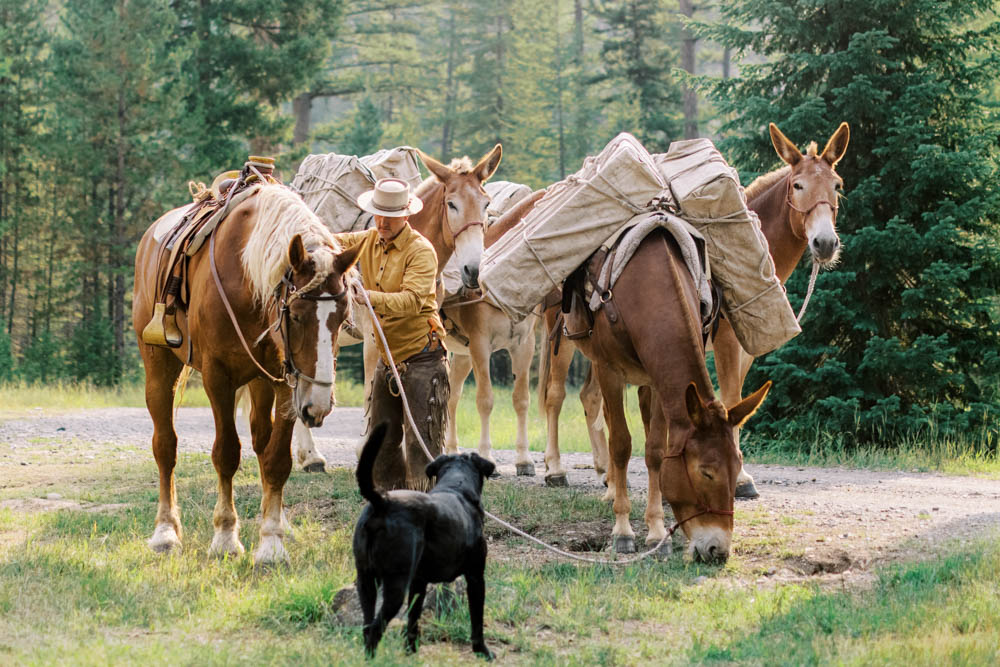
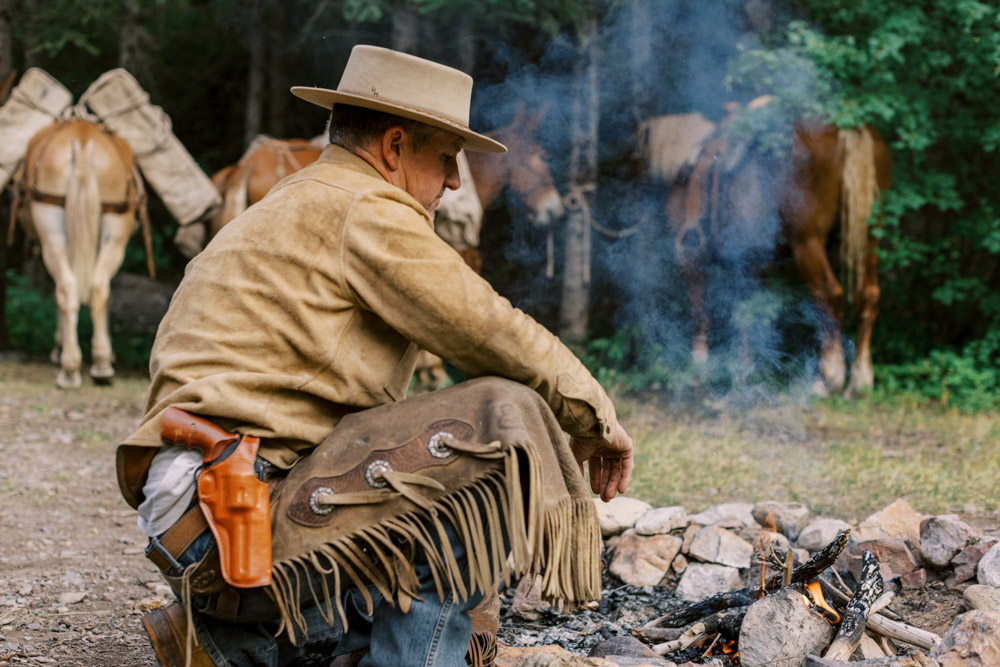
What’s next?
Chris’ work ethic, reputation, and deep knowledge of his craft have afforded him the opportunity to work with US Forest Service, various outfitters, and most importantly the Bob Marshall Wilderness Foundation. The Bob Marshall Wilderness Foundation is a non-profit dedicated to this wilderness area’s preservation and exploration. Eyer also sits on the board. Much of the foundation is dedicated to educating the next generation of conversationalists and passing on the skills and trade of jobs such as mule packing.
Life has been a long set of challenges and goals met for Eyer, so what’s next?
“The pursuit, and accomplishment, of my goals has certainly not come without a cost. Particularly, at the expense of intense relationships,” says Eyer.
“I spend more time with my animals than I do most people. I’ve set out and accomplished everything I wanted to do. It may be time to share the next phase of life with someone.” We hope, and expect to see Eyer still working his string of mules, but perhaps there will be someone else with him.
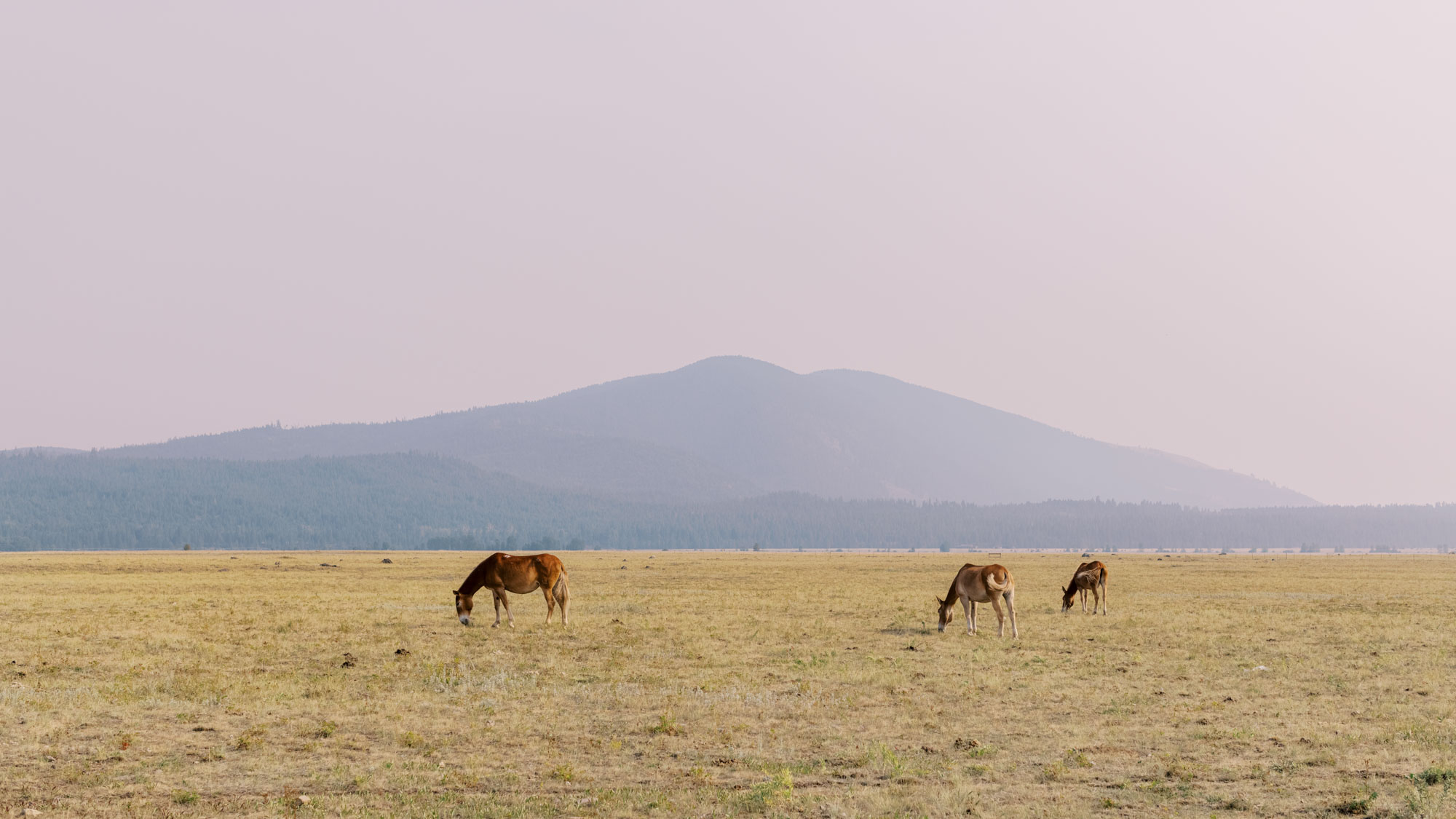
Featured in this Story

Cyclone™ Belt Holster
The 111 Cyclone holster is a hi-ride, open-muzzle design that offers both cross draw and strongside carry with its unique belt loop construction. Extremely versatile, the holster is ideally suited for hunters with long-barreled revolvers, yet is also a good fit for short-barreled revolvers and 1911 style autos. Handcrafted from premium full-grain cowhide and a genuine suede liner, the holster is molded for a custom-like fit, and incorporates the timeless appeal of high-grade leather.
Shop NOw